QUARTZ PINK
 Characteristics of the mineral.
Characteristics of the mineral.
Pink semi-transparent variety of quartz (silicon oxide). A special place for a number of quartz is pink quartz. Its delicate color, reminiscent of the color of the young pink skin, this mineral is due to unstable impurities of manganese and titanium. Milky-pink variety of quartz enjoyed a special love back in the days of antiquity. Natural pink quartz usually has internal defects, microcracks, zones of different opacity and almost is not ideal. Usually it does not occur in the form of brushes and druses (separable crystals are very rare), it is extracted in the form of a continuous array of closely intergrown and inseparable crystals. Rarely forms faceted crystals and only partially shines, and is also more or less excised by cracks. In 1959, translucent and almost transparent stones were found on the territory of Brazil, forming pronounced crystals of pink color.
Quartz of a delicate pink, bright pink to pink-red color sometimes with a purple or purple tinge is usually found in the form of dense granular aggregates in quartz cores of well-differentiated pegmatite bodies. Sometimes in poorly colored specimens opalescence is observed in milky-white tones. Especially interesting is pink quartz, which has an asterism, in which a twelve-pointed star appears due to the presence of oriented inclusions of rutile. Obtain pink quartz in passing with mica, rock crystal and rare metal minerals. Its deposits are known in the USA, Brazil, Germany, Madagascar. In the CIS, pink quartz is found in North Karelia, in the Altai (Tigiretsky Range), in Kazakhstan, Central Asia, etc. Pink quartz is used in the form of cabochons in rings, necklaces, beads, etc. Of the opaque opaque species, vases, bowls, Etc. In bright sunlight, under the influence of ultraviolet radiation and over time, pink quartz gradually loses color and fades to gray-pink, gray-yellowish and even gray.
Magic properties of stones.
This is also an unusual stone, which is considered the juice of our planet and the blood of the young Earth. The focus of universal love. He becomes a talisman of man's connection with the earth, with other people, parents and children and with all nature. Pink quartz is a symbol of pure love and protects it from destruction. It brings heaviness to the heart and opens the heart for spiritual love and affection. The stone reacts sensitively to the energy field of the earth, and it can be used as a predictor of its behavior, starting from the weather and ending with any manifestation of the cataclysmic property. It will perfectly describe, being used as a pendulum, about negative and positive zones of an apartment, a garden plot, in general any place where its owner is present. This stone is for those who can not feel the joy of life, feel the essence of love and therefore can not reach the inner depths of the heart. He is the doctor of spiritual wounds. It is believed that pink quartz helps to deal with stress, it quenches outbursts of anger. A pendant with pink quartz can increase the creator's creativity and self-confidence. Pink quartz as a talisman is useful in love, protects family happiness and helps unmarried women to marry successfully. Consoles the pain of old emotional and heart wounds. He is a talisman that improves the connections of his master with other people.
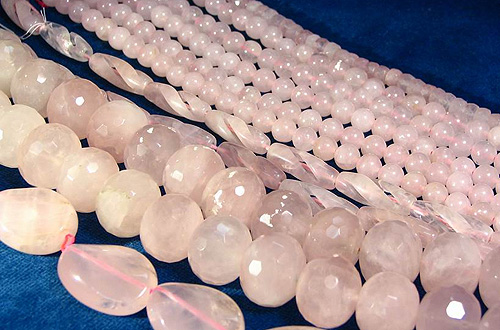

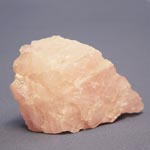
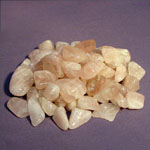
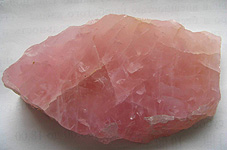
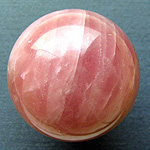

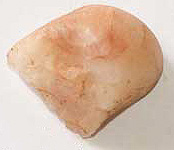
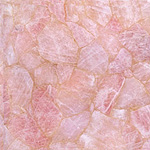
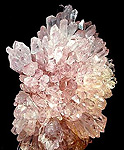
Poisonous and radioactive dangerous stones and minerals
** - poisonous stones and minerals (mandatory check in the chemical laboratory + explicit indication of toxicity).
** - radioactive stones and minerals (mandatory check on the standard dosimeter + ban on open sales in the case of radioactivity over 24 milli / g / h + additional measures of population protection).
All rare stones are subject to mandatory inspection at the standard dosimeter for the permissible level of radiation and in the chemical laboratory for the absence of poisonous and evaporating components that are dangerous to humans and the environment.


Comments
When commenting on, remember that the content and tone of your message can hurt the feelings of real people, show respect and tolerance to your interlocutors even if you do not share their opinion, your behavior in the conditions of freedom of expression and anonymity provided by the Internet, changes Not only virtual, but also the real world. All comments are hidden from the index, spam is controlled.